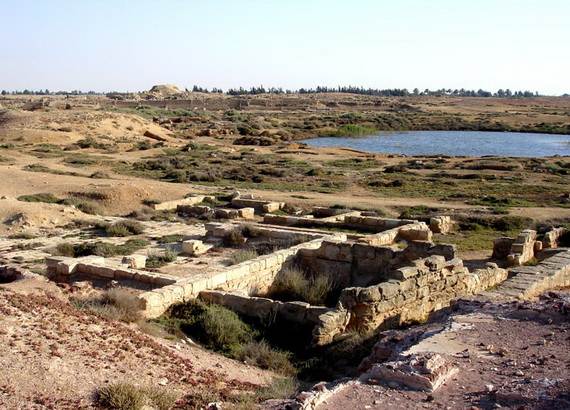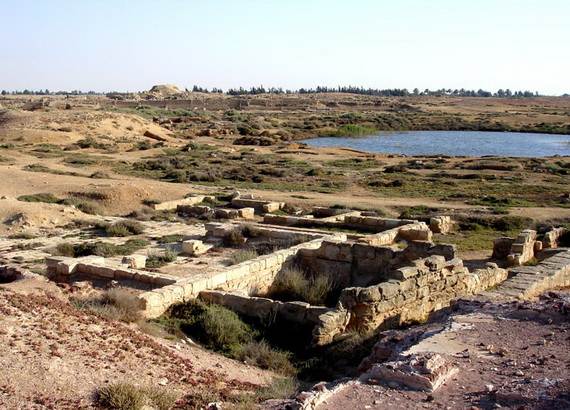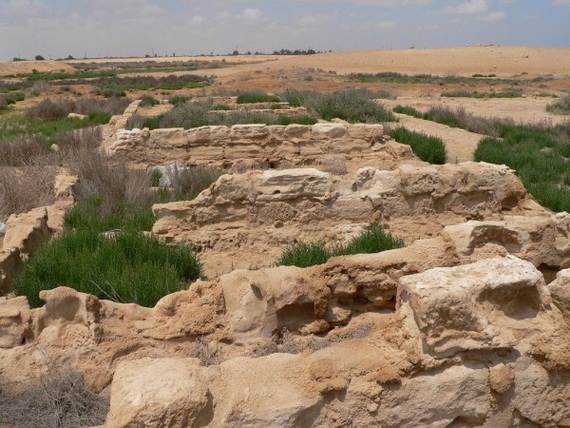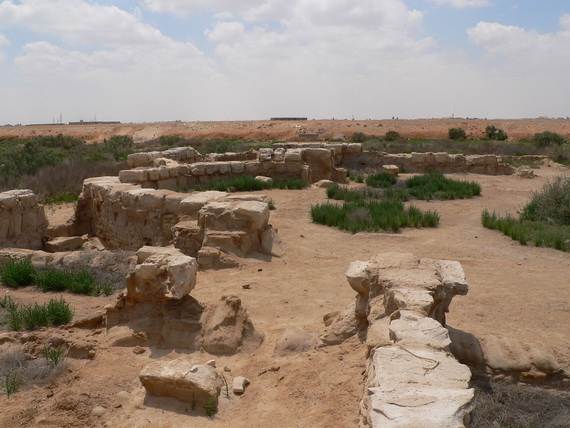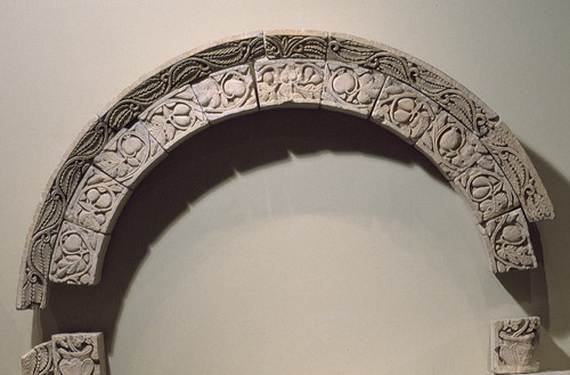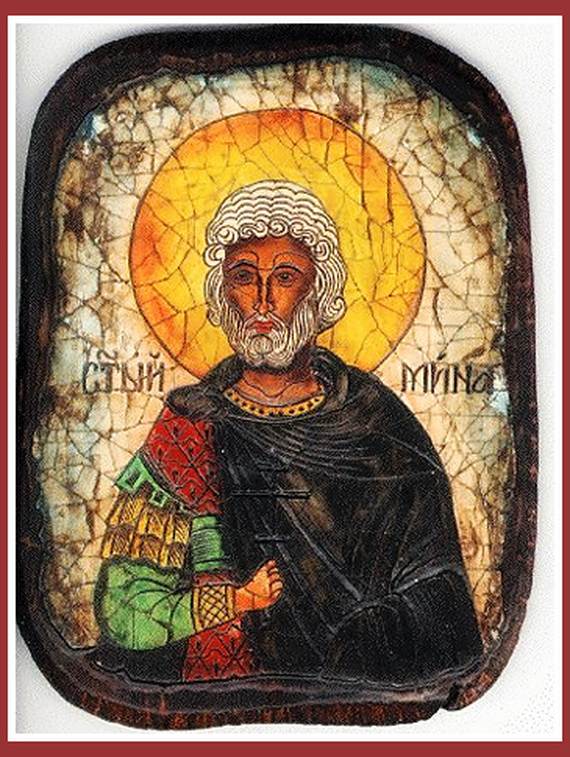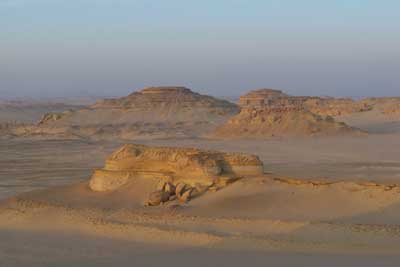Abu Mena, situated in the desert of Maryout around 45 km southwest of Alexandria, Egypt, Africa, holds a rich Christian heritage as one of the country’s oldest Christian sites. Recognized as a UNESCO World Heritage Site in 1979, Abu Mena carries immense historical and religious significance.
Originally named after the martyr Menas of Alexandria, who died in AD 296, Abu Mena transformed into a prominent Christian pilgrimage destination and monastery complex during the late Antique period, lasting from the 5th to the mid-7th century. This ancient holy city contains remnants of a church, baptistry, basilicas, public buildings, monasteries, streets, houses, workshops, and various relics.
The archaeological excavations at Abu Mena have uncovered remarkable structures, such as a large Basilica, a church believed to have housed the saint’s remains, and Roman baths during the first round of excavations between 1905 and 1907. Subsequent excavations from 1969 to 1998 revealed more significant finds, including a vast dormitory, a baptistery, and a complex of wine presses with underground storage rooms.
Abu Mena was a crucial pilgrimage center during the late ancient and early medieval periods, attracting Christian pilgrims from different parts of the world. It was revered as the burial place of Saint Menas and associated with numerous miracles.
According to legend, Saint Menas, a Christian soldier from Alexandria, was martyred for refusing to harm fellow Christians. His body was carried by a camel from Phrygia to Abu Mena, where it miraculously stopped and the area turned lush and fertile. Over the centuries, Abu Mena flourished as a religious and economic hub, drawing visitors from afar.
The archaeological site of Abu Mena comprises the remains of a large Christian Basilica, a baptistery, chapels, underground tunnels, a monastery, several churches, a pilgrimage center, and a residential area. These remnants provide insights into early Christian architecture, religious practices, and daily life in Egypt.
However, the site has faced challenges throughout history, including the decline of the pilgrimage tradition, natural disasters, and desert encroachment. An ill-conceived agricultural irrigation project led to severe subsidence, causing the collapse and instability of several buildings at Abu Mena. In response, the site was listed as a World Heritage Site in Danger in 2001, prompting conservation efforts to preserve and protect it. UNESCO’s designation in 1979 has been instrumental in raising awareness about the site’s significance and ensuring its preservation for future generations. Despite these challenges, Abu Mena remains a cherished site of immense historical, architectural, and religious importance in Egypt. It serves as a testament to the early Christian presence in the region and the veneration of Saint Menas, who continues to be one of the most revered saints in the country.
Visitors to Abu Mena can explore the archaeological remains, including the basilica with its stunning floor mosaics, the baptistery with intricate decorations, and other structures that offer glimpses into the past. The site provides a unique opportunity to understand Egypt’s early Christian history and the role of pilgrimage in ancient religious practices.
Travel Resources;
Alexandria Hotels – View hotels near this location, check availability, maps, photos and reviews, and book at the guaranteed lowest price.
View a selection of Books on Abu Mena a World Heritage Site at Amazon.




















